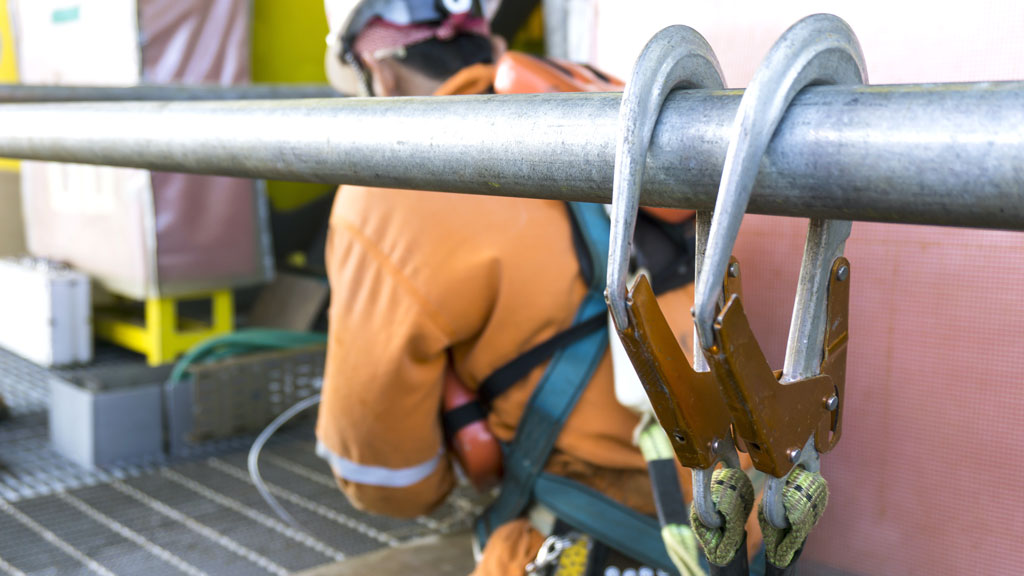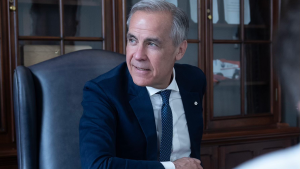While the COVID-19 pandemic may have stopped the Canadian Construction Association from hosting an in-person conference, it did not stop organizers from digitally bringing together construction leaders from around the globe for a discussion on the issues the industry faces.
America
Stephen Sandherr, CEO of the Associated General Contractors of America, explained his country’s increasingly partisan politics will likely stymie efforts to pass a $2 trillion infrastructure package.
“As is the case in Canada, this investment is sorely needed,” said Sandherr. “The question is whether or not congress can pass such a large package without Republican support. We are cautiously skeptical that the political will is going to be there.”
Like the other panellists, he cited a declining appetite for public private partnerships (P3) and efforts to recruit young people into the trades.
“We are taking this ‘essential construction’ theme and turning it into a workforce promotion campaign,” said Sandherr, who noted construction in the U.S. has been able to continue during the pandemic while other sectors have suffered. “We are trying to use this to attract young people to the industry and making the case that the wages and benefits outpace what they would find in hospitality, retail and manufacturing.”
In terms of innovation, Sandherr said the U.S. industry is adopting lean principles as well as wearable tech to track productivity.
Australia
Jon Davies, CEO of the Australian Constructors Association, explained the country has become more protectionist, pushing back against efforts by the Chinese to enter their market.
“They are ignoring that these foreign-owned contractors are here in Australia and are using Australian workers,” said Davies. “Frankly, some of the campaigning against this has been xenophobic.”
Davies noted the government is already “pulling the infrastructure lever” giving the industry an embarrassment of riches. And now the conversation is around if the industry has the capability to do it all. This has led to discussions on changing immigration policy, but Davies believes part of the solution lies in closing the productivity gap construction has with other industries.
“If we even halved that gap we could deliver $10 billion extra in infrastructure,” said Davies, who said COVID-19 may just be the seismic event large enough to spur the innovation needed to accomplish that.
Davies also noted the Australian industry’s poor reputation with women and minorities also needs work.
“We have an appalling reputation, and this is proving to be a big impediment,” he said. “It is a difficult problem to address, but address it we must.”
United Kingdom
Graham Watts, chief executive of the Construction Industry Council in the United Kingdom, explained the U.K. was lucky to have several large projects already underway before the pandemic hit. The government is also poised to unveil its national infrastructure bank with a focus on green projects.
“The prime minister’s mantra is building back better, greener and faster and he has put infrastructure and building at the heart of recovery,” said Watts.
Brexit and closed borders have thrown gasoline onto the worker shortage fire. Watts said many have returned to their homes in other European countries and are unlikely to return. He has been looking to impacted industries like hospitality and aviation to lure workers into construction.
He also believes the pandemic could supercharge innovation and technology for the sector, but this will require new project roles.
“A golden thread of information will flow through the lifetime of a building,” said Watts. “We see that as essential for the future and any company that can’t keep up with that probably won’t be in business in a few year’s time.”
Europe
Thomas Bauer, president of the European Construction Industry Federation, said that prior to the pandemic much of Europe was emerging from a painful recession that decimated the construction workforce when projects dried up.
In recent years, money has been coming back to building, but many workers have gone back to their home countries and others are hesitant to get back into construction after the recession.
“Those people don’t want to come back and this is our big problem,” said Bauer.
And changing technology has made the problem more difficult, as the skills required for construction are shifting.
“One of the most important things is young people,” said Bauer. “For many years they didn’t like construction work. But I think that mentality is changing.”
He explained that many Europeans don’t want to be in front of computer screens all day and live active, outdoor lives.
“We have a good chance to advertise to these people.”






Recent Comments
comments for this post are closed